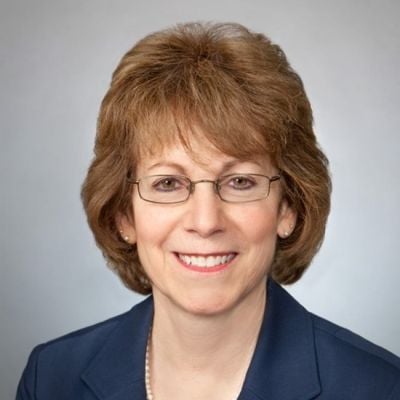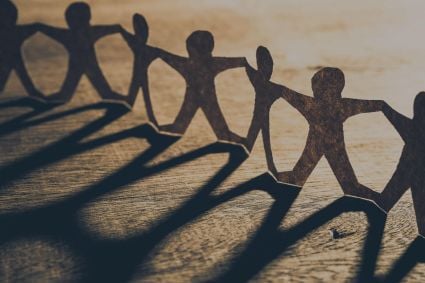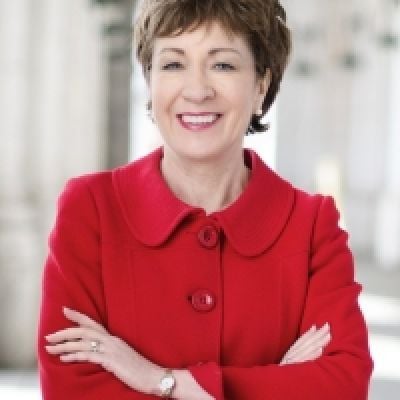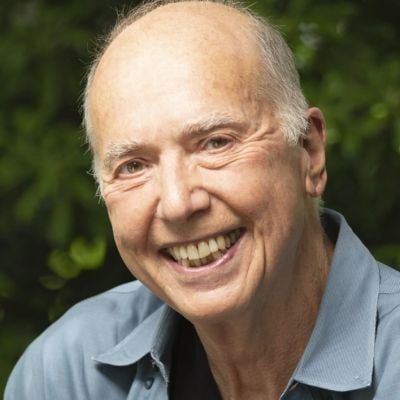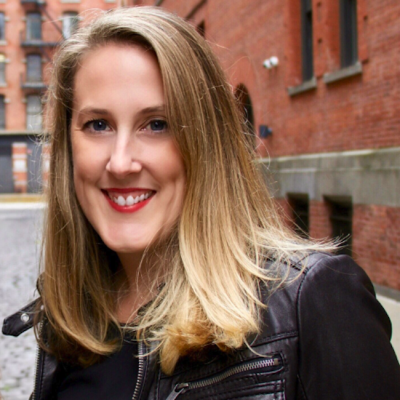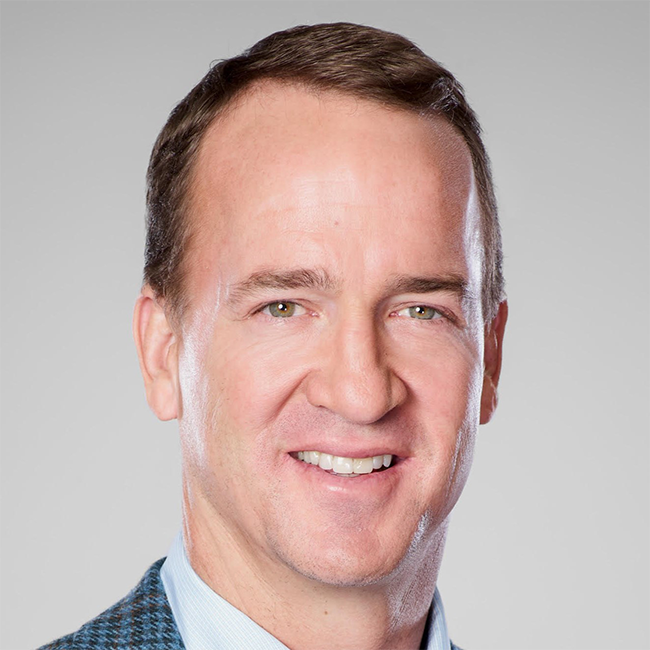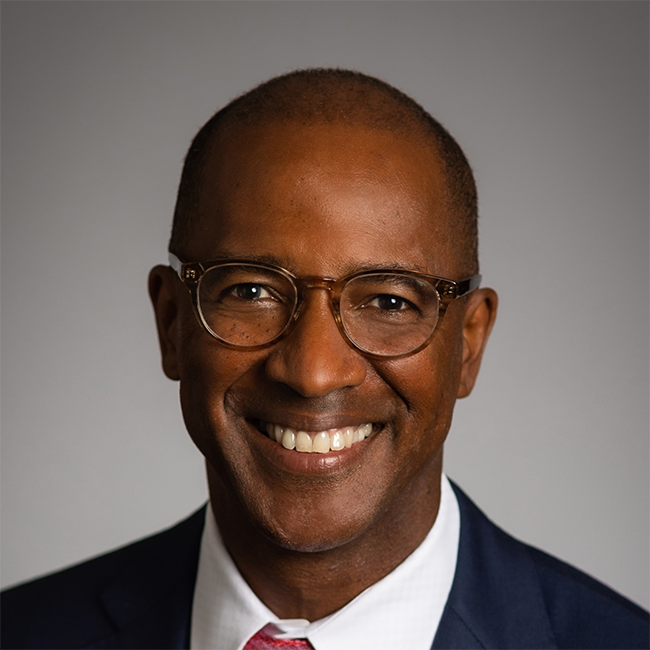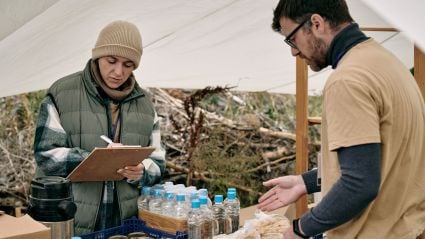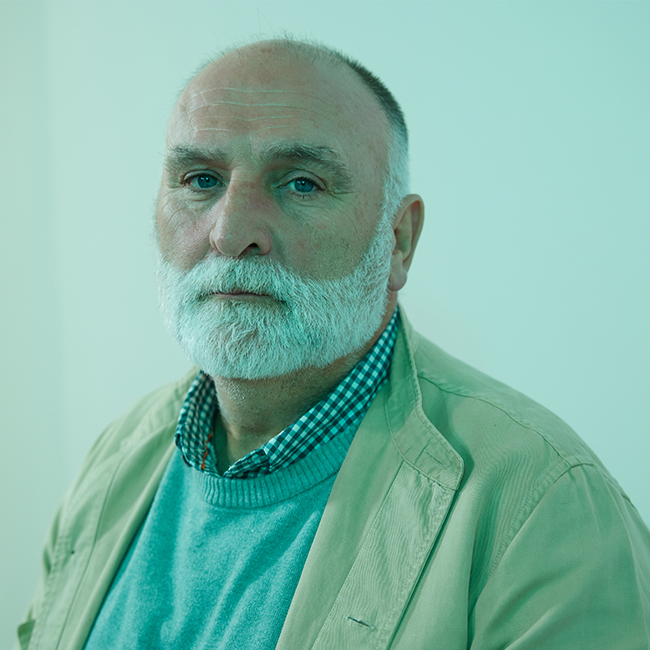The pandemic’s closure of group dining programs, combined with the overnight spike and continuing surge in need for home-delivered meals for seniors, shined a light on the consequences of continued under-investments in our nation’s food delivery system for this particularly vulnerable segment of our population. The pre-existing dual epidemics of social isolation and hunger in America can no longer be ignored.
For most of us, the COVID-induced stay-at-home orders have been a long, lonely, blurred series of days and nights that have rolled into an agonizingly extended series of weeks and months. Our own experiences with isolation have reinforced the immense power of human connections.
Yet for millions of older adults, homebound and alone is a way of life. One in four seniors age 70+ identifies as lonely. And a lack of social contacts often leads to depression and other related health concerns that together cost the Medicare system a staggering $6.7 billion a year.
The pre-existing dual epidemics of social isolation and hunger in America can no longer be ignored.
As Americans, we should be ashamed that our most vulnerable seniors—those with limited mobility and underlying health conditions—are food insecure. Prior to the pandemic, 9.7 million seniors were threatened with hunger. How can it be that, according to US Census data, a significant population of older Americans, more than the size of 10 states combined, is struggling with hunger? Tragically, pre-coronavirus, eight of 10 low-income, food-insecure seniors were not receiving the meals they needed, and amidst COVID, four out of five Meals on Wheels programs report that requests for meals have at least doubled.
Meals on Wheels represents a vibrant network of local programs that provide regular low- or no-cost meals—and so much more—to America’s poorest and most frail seniors. For many of the seniors we serve, the staff member or volunteer delivering their meals is the only person they see that day. They deliver comfort, companionship, and a watchful eye. They monitor for concerns among their recipients and intervene when needed to avert serious problems that can lead to preventable hospitalizations or nursing home placements.
COVID created an influx of new Meals on Wheels cases and illuminated the pervasive weaknesses in our nation’s social service infrastructure. Pre-pandemic, Meals on Wheels programs nationwide already had waiting lists of people they were unable to serve. Amid the pandemic, new requests for Meals on Wheels have increased by 74 percent, and previously existing waiting lists have grown by 26 percent. And while emergency federal funding is helping to fill the gap, the need has never been greater. We must find new ways to pay for and support the network of community-based providers that offer solutions to meet the most basic needs of America’s homebound seniors now and into the future.
The good news is that the infrastructure exists. The bad news is the senior population has dramatically grown over the past 15 years. No end is in sight. And funding has failed to keep up with the need.
The Older Americans Act is the largest federal funder of senior nutrition programs. Nationally, it funds 39 percent of the total amount spent to provide congregate and home-delivered meal services to 2.4 million seniors each year. With millions more seniors in need, this falls way short. We must rethink how this federal share can be consistently and adequately increased, and how private philanthropy, which only contributes about 2 percent to seniors/aging overall, can also step up.
Another key to an effective solution lies within the health-care system. As health-care providers and payers embrace the need to address social determinants of health that improve outcomes and quality of life for at-risk seniors, they should be willing to pay for the Meals on Wheels “more than a meal” model. Doing so will dramatically reduce the number of malnourished and socially isolated seniors in our country and save billions of dollars annually in medical costs.
It will take an all-in, cross-sector effort spanning government, health-care providers and payers, and philanthropy investing in and leveraging the already-existing community-based infrastructure to propel a robust path forward to ensure no senior is left hungry and alone. COVID-19 is our wake-up call to action. We’re long overdue.
